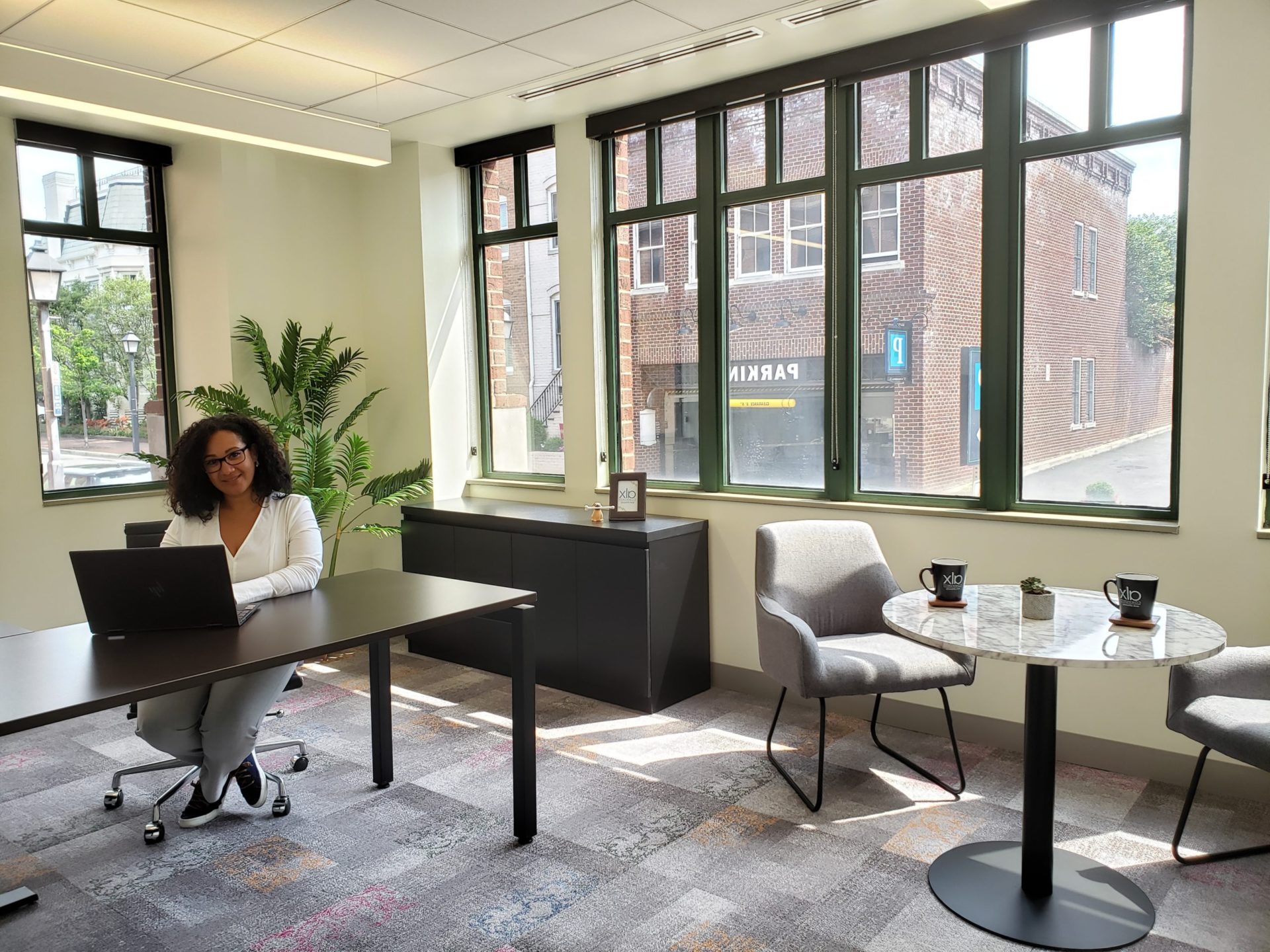
One year ago this week, the coronavirus became a reality for most Americans. New words entered our day-to-day vernacular: “lockdown,” “social-distancing,” and, of course, “pandemic.” It wasn’t safe to go to the grocery store, church, the gym, and, most notably, work. But very quickly people discovered that they could do most of their work from home, and, over the course of the next 12 months, they and their employers realized productivity actually increased from working remotely.
According to workplace culture consultant Andrew Au, many people who currently work from home will want to continue to do so after the pandemic is over, meaning some kind of hybrid between home and office work is here to stay. It isn’t just an employee preference, either—research from Gartner shows that 32% of organizations are replacing full-time employees with contingent workers as a cost-saving measure. This has led to an increase in companies and corporations looking to “decentralize” their workplaces, thus creating a higher demand for flexible coworking spaces.
In turn, as hybrid work spaces become the norm, prospective employees will increasingly inquire about the company’s flex policies. The future of work will need to harmonize both the physical and virtual landscapes, which coworking spaces are uniquely primed for. Here’s why.
(Re)establishing Work-life Balance
The pandemic gave us an abundance of the most precious nonrenewable resource: time. But while we gained time, we lost the ability to transition in and out of work mode—there is no off-switch to signal that the work part of the day is done, such as literally turning off your monitor or sitting through a 30-minute commute. By utilizing a coworking space and establishing a routine, you re-introduce signals that end the work day, like walking out of the building and entering what Au calls “recovery routines”—a crucial key to being productive and ensuring we’re performing at our best.
A Work Culture Reset
For all of its benefits, working from home can feel pretty isolating at times, something no amount of Zoom happy hours can replace. However, a recent study by MIT shows that over a five-year period ending with August 2020, the average workplace culture across Culture 500 companies (the school’s AI-powered data set of heavily researched organizations) experienced a sharp jump between March and April 2020, the onset of the pandemic. And get this: The period between April and August 2020—a time rife with layoffs, lockdowns, and massive shifts to remote work—saw the top five rankings for average culture ratings over the entire five-year period. Not only do people really, really like working remotely, they also reported feeling better-connected to their companies, saw greater transparency and honesty in leadership, and noticed a dramatic increase in communication overall. What does this mean for coworking? A coworking space marries the physical and virtual worlds of work, creating a hybrid model that harnesses both the positives of virtual work culture with the physical interaction humans naturally crave.
Renewed Focus on Health
One of the most widely-seen effects of the pandemic was a massive interest in health and wellbeing (remember the push-up challenge in the early days?). While gyms shuttered everywhere, people took to their living rooms to stream workout classes or started jogging for the first time. (We also saw a lot of power walks with Yeti cups that may or may not have been full of wine, but hey, it counts as exercise.) As the pandemic phases out and health continues to be a priority, coworking spaces will be highly sought out due to their open air designs that allow for easy social distancing; upgraded features, such as the self-cleaning surfaces by NanoSeptic at ALX Community; and frequent professional cleanings. Side note: The stand-up desks are also pretty great for ergonomic support.
Technology Resources
Whether you love it or hate it, Zoom is the new conference call. And while in pre-pandemic times you could pretty much jump on a call from a coffee shop, in the car, or on a walk, for video conferencing you need to be in a controlled environment (and probably sitting). This means no background noise, good lighting, and stable WiFi. With the increase in remote working, companies will need to invest in places that have core technology pieces such as screens, which are a new but permanent necessity, one that the meeting rooms at ALX Community are equipped with, along with push-button screen sharing and roomy conference tables ideal for what is hopefully the final stretch of social-distancing.

